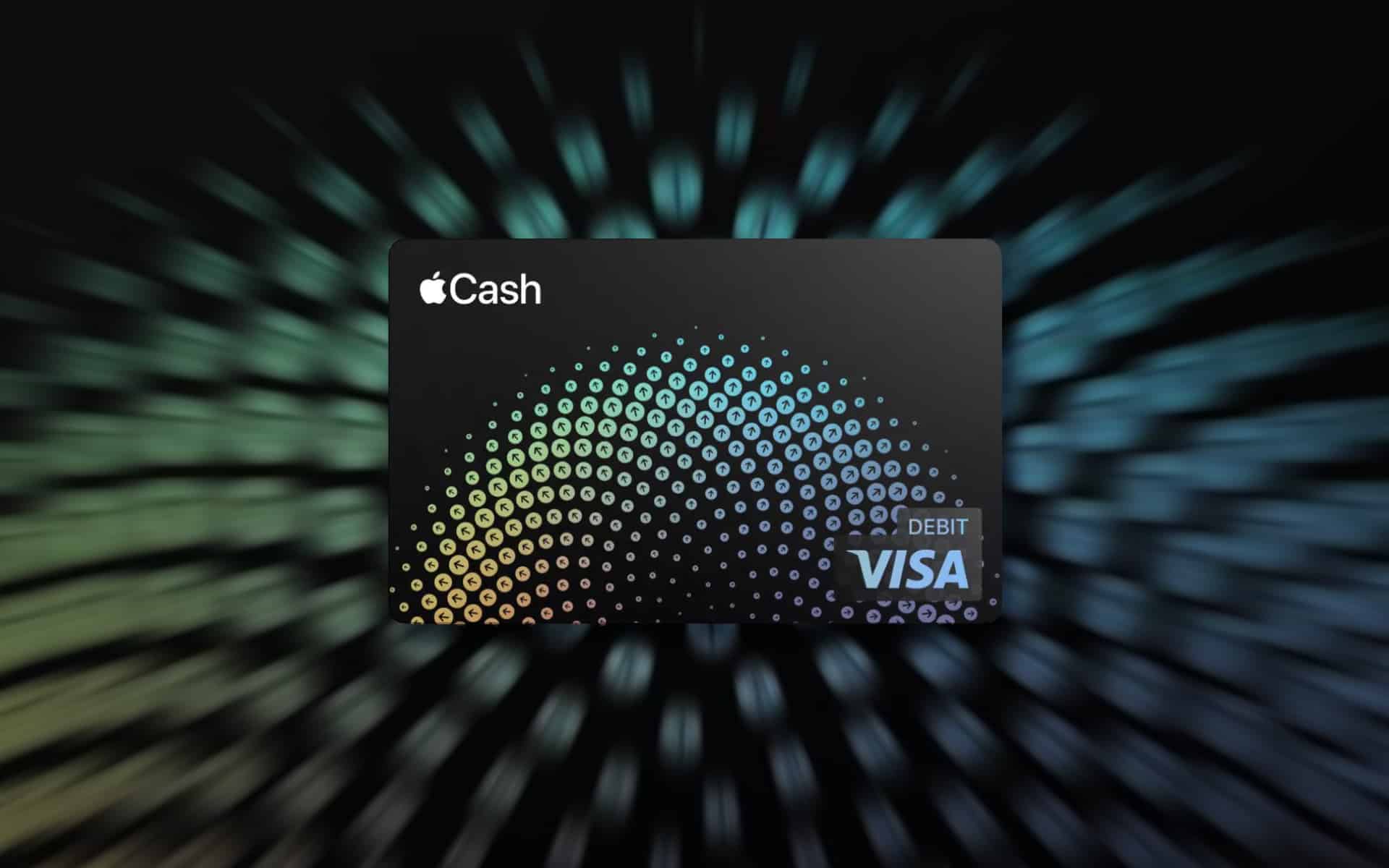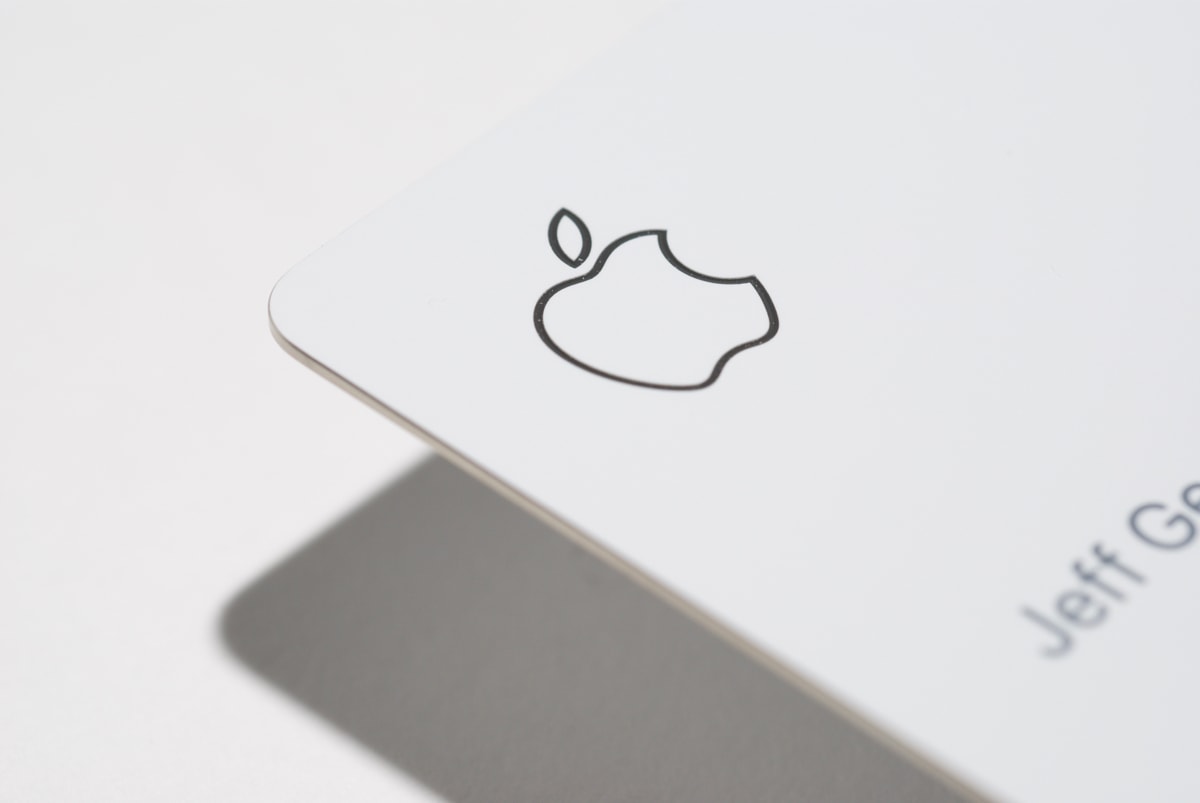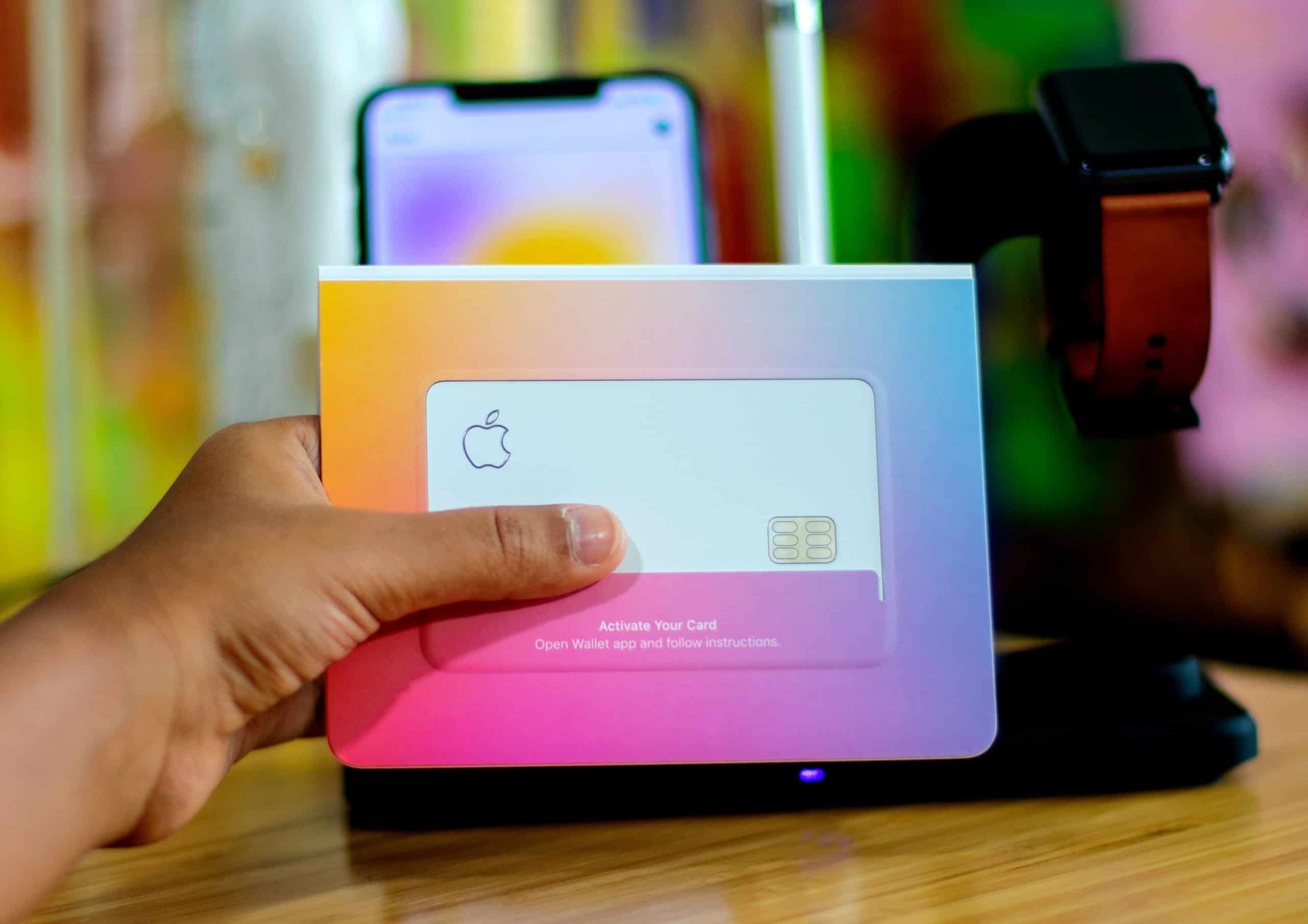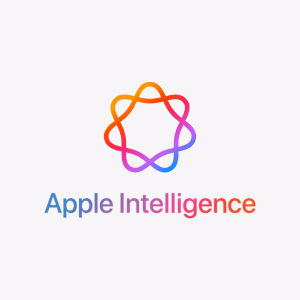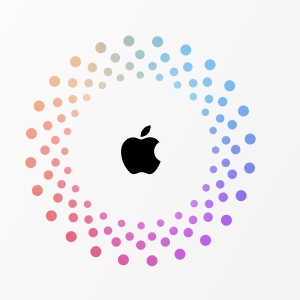Launched in April 2023 in partnership with Goldman Sachs, it offers Apple Card holders a simple and convenient way to save money while earning competitive interest rates. Seamlessly integrated with Apple’s ecosystem, this savings account appeals to those looking for an effortless, fee-free way to grow their money.
With a current annual percentage yield (APY) of 3.9 percent, the Apple Card Savings Account offers far better returns than traditional savings accounts from legacy banks. Despite recent rate cuts, the account remains a solid choice for Apple users who value simplicity and accessibility in their financial products. In this article, we’ll explore its features, rate history, competitive standing, and why it continues to attract users in a crowded market.
The Appeal of the Apple Card Savings Account
The Apple Card Savings Account is designed with accessibility and convenience in mind. Unlike traditional savings accounts that often impose fees, minimum deposit requirements, or balance thresholds, Apple’s account has no such limitations. This makes it a great option for people who are just starting their savings journey as well as those with more established savings.
One of the key features is its seamless integration with the Wallet app on the iPhone. Users can manage their savings directly within the app, allowing for an intuitive experience. Whether it’s checking balances, making deposits, or transferring funds, everything can be done with a few taps. For Apple Card holders, the ability to automatically deposit Daily Cash rewards into the savings account further simplifies saving.
Current APY and Earnings Potential
The Apple Card Savings Account currently offers an APY of 3.9 percent. While not the highest rate available in the market, it remains competitive, especially when compared to traditional savings accounts that typically offer less than 0.5 percent APY. For example, if you were to deposit $1,000 into the account and maintain that balance for a full year, you would earn $39 in interest.
While the rate has decreased from its peak of 4.5 percent earlier in 2024, it still provides a reliable way to earn passive income. The rate’s fluctuations reflect broader economic changes, particularly the Federal Reserve’s monetary policy adjustments. As a result, users should be aware that the APY could rise or fall in the future.
How It Compares to Competitors
The high-yield savings market is highly competitive, with many providers offering rates that rival or exceed Apple’s current APY. For instance, Openbank by Santander and Pibank lead the market with APYs of 5 percent. UFB Direct and CIT Bank are also strong contenders, offering rates of 4.31 percent and 4.55 percent, respectively. Wealthfront and Betterment, popular among tech-savvy users, provide rates of 4.25 percent.
Although Apple’s APY is slightly lower than these options, the account stands out for its unique integration with Apple’s financial ecosystem. For users already invested in Apple’s products and services, this seamless integration may outweigh the marginal difference in interest rates.
Features That Set It Apart
The Apple Card Savings Account has several features that differentiate it from other high-yield savings accounts. One of the most significant is the ability to deposit Daily Cash rewards automatically. Apple Card users earn Daily Cash as part of their credit card rewards, and this can be directly deposited into the savings account. This feature not only encourages saving but also creates a passive way to grow savings over time.
In addition to Daily Cash deposits, users can add funds via a linked bank account or their Apple Cash balance. There are no minimum deposit requirements, making the account accessible to people at all income levels. The absence of fees further enhances its appeal, as many traditional banks charge monthly maintenance fees or penalties for low balances.
Opening an Apple Card Savings Account
Opening an Apple Card Savings Account is straightforward and requires only a few steps within the Wallet app. To get started, users must have an Apple Card, which serves as the prerequisite for opening the account. Here’s how to set it up:
- Open the Wallet app on your iPhone.
- Select your Apple Card and access the settings menu by tapping the three-dot icon.
- Navigate to the Daily Cash section and choose the option to set up savings.
Once the account is open, users can begin transferring funds or setting up automatic Daily Cash deposits. The entire process is digital, eliminating the need for paperwork or in-person visits to a bank.
Rate History and Market Context
Since its launch, the Apple Card Savings Account’s APY has fluctuated in response to changes in the federal funds rate. At launch, the account offered a rate of 4.15 percent, which was highly competitive at the time. In early 2024, the rate peaked at 4.5 percent, reflecting a favorable economic climate for savers. However, as the Federal Reserve began adjusting its policies, the APY gradually decreased to its current level of 3.9 percent.
While these fluctuations may concern some users, they are typical of high-yield savings accounts, which often adjust rates based on broader economic trends. Despite the decrease, the Apple Card Savings Account remains a reliable option for earning passive income.
Maximum Balance and Account Limitations
One limitation to consider is the maximum balance cap. Initially set at $250,000, the cap has since been raised to $1 million. While this increase accommodates most users, those with larger savings may find it restrictive. Additionally, like most savings accounts, the Apple Card Savings Account is subject to federal regulations limiting the number of certain types of withdrawals.
Another consideration is that the account is only available to Apple Card holders. While this isn’t an issue for existing cardholders, it does exclude individuals who don’t qualify for or don’t want an Apple Card.
Potential Changes in Financial Partnerships
One area of uncertainty is Apple’s ongoing partnership with Goldman Sachs, which currently manages the Apple Card and its associated savings account. Recent reports suggest that Goldman Sachs may exit its consumer lending partnership with Apple, potentially paving the way for another financial institution, such as JPMorgan Chase, to take over.
While there is no indication that this transition would negatively impact account holders, it introduces some unpredictability regarding the future of the Apple Card Savings Account. Users should stay informed about any announcements from Apple or its financial partners.
The Broader High-Yield Savings Market
The high-yield savings market offers a variety of options, each with its own strengths and weaknesses. Openbank by Santander and Pibank stand out for their industry-leading APYs of 5 percent, though they may come with stricter requirements. UFB Direct and CIT Bank offer strong alternatives with rates exceeding 4 percent. Digital-first platforms like Wealthfront and Betterment appeal to users who value additional financial tools and automation features.
For those who prioritize the highest possible returns, these alternatives may be worth exploring. However, the Apple Card Savings Account’s ease of use and integration into Apple’s ecosystem make it a strong choice for those who value convenience and accessibility.
Why It Appeals to Apple Users
One of the account’s key selling points is its alignment with Apple’s design philosophy. The integration with the Wallet app allows users to manage their savings alongside their Apple Card and other financial tools. This streamlined approach eliminates the need for separate apps or interfaces, creating a cohesive financial experience.
Additionally, the automatic deposit feature for Daily Cash rewards is a unique benefit that encourages users to save. For Apple enthusiasts, this account represents a natural extension of the ecosystem they already trust and enjoy.
Making the Most of Your Savings
To maximize the benefits of the Apple Card Savings Account, users can take advantage of its automatic deposit options and no-fee structure. Setting up recurring deposits from a linked bank account can help build savings consistently over time. Pairing this with Daily Cash rewards ensures that even small purchases contribute to long-term financial goals.
For those considering this account, it’s also worth keeping an eye on interest rate trends. While the current rate of 3.9 percent is competitive, changes in the Federal Reserve’s policies could result in future increases or decreases. Staying informed about these changes will help users make the most of their savings strategy.
Choosing the Right Savings Account
Ultimately, the decision to open an Apple Card Savings Account depends on individual financial goals and preferences. For users who value simplicity, accessibility, and integration with Apple’s ecosystem, this account is an excellent choice. Its fee-free structure and competitive APY make it a reliable option for growing savings without the hassle often associated with traditional banks.
For those who prioritize the highest possible APY, exploring other options like Openbank, CIT Bank, or Wealthfront may be worthwhile. These alternatives offer strong rates but may lack the seamless integration and user-friendly experience that Apple provides.
A Reliable Option in a Competitive Market
The Apple Card Savings Account continues to stand out in a crowded field of high-yield savings options. Its combination of competitive rates, no fees, and unique features like automatic Daily Cash deposits make it an attractive choice for Apple users. While it may not offer the absolute highest APY, its convenience and alignment with the Apple ecosystem ensure it remains a popular choice among savers.
As the financial landscape evolves, Apple’s approach to partnerships and rate adjustments will be worth monitoring. For now, the Apple Card Savings Account represents a strong option for anyone looking to grow their savings with minimal effort and maximum convenience.
